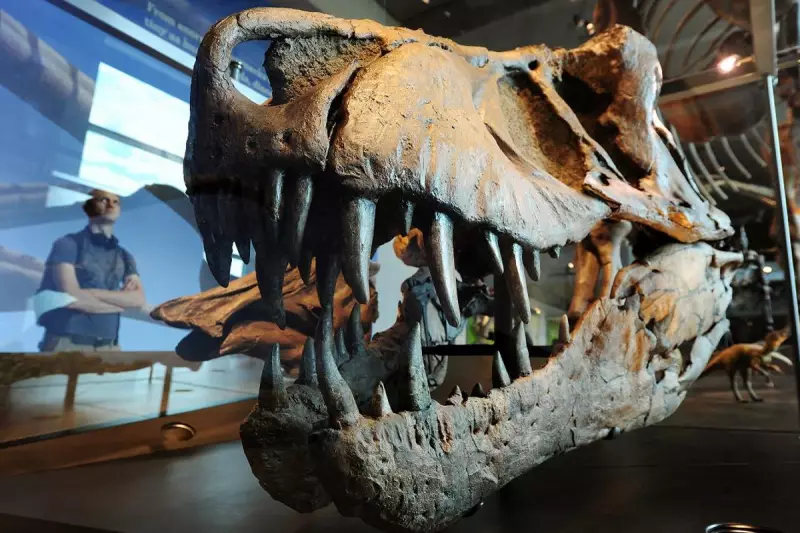
Scientists have uncovered new insights into the fearsome bite of the Tyrannosaurus rex, confirming its status as one of the most formidable predators to ever walk the Earth. Research suggests that the dinosaur's powerful jaws could crush bones effortlessly, giving it a deadly advantage over its prey.
The Ultimate Predator
The study, published in a leading scientific journal, examined the biomechanics of the T. rex skull. Using advanced computer modelling, researchers reconstructed the dinosaur's bite force, revealing it could exert pressures exceeding 12,800 pounds per square inch—enough to pulverise even the toughest bones.
How the T. Rex's Bite Compared to Modern Predators
To put this into perspective:
- A modern crocodile's bite measures around 3,700 psi.
- A lion's bite reaches roughly 1,000 psi.
- Humans, by comparison, average a mere 150 psi.
This immense power allowed the T. rex to consume every part of its prey, including bones—a trait known as extreme osteophagy.
What Made the T. Rex's Skull So Strong?
The research highlights several key adaptations that contributed to the dinosaur's devastating bite:
- Thick, reinforced skull bones to withstand immense pressure.
- Flexible joints that acted as shock absorbers.
- Serrated, banana-sized teeth designed to tear through flesh and crush bone.
These features combined to create the ultimate killing machine of the Cretaceous period.
Implications for Dinosaur Research
The findings not only shed light on the Tyrannosaurus rex's hunting strategies but also help paleontologists understand the ecosystem dynamics of the Late Cretaceous. The ability to consume entire carcasses, bones and all, suggests the T. rex played a crucial role in nutrient cycling within its environment.
As research continues, scientists hope to uncover more secrets about how this iconic predator dominated its world for millions of years.





